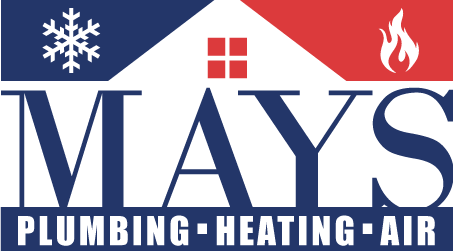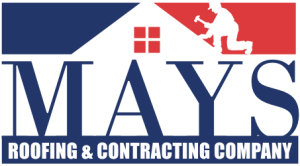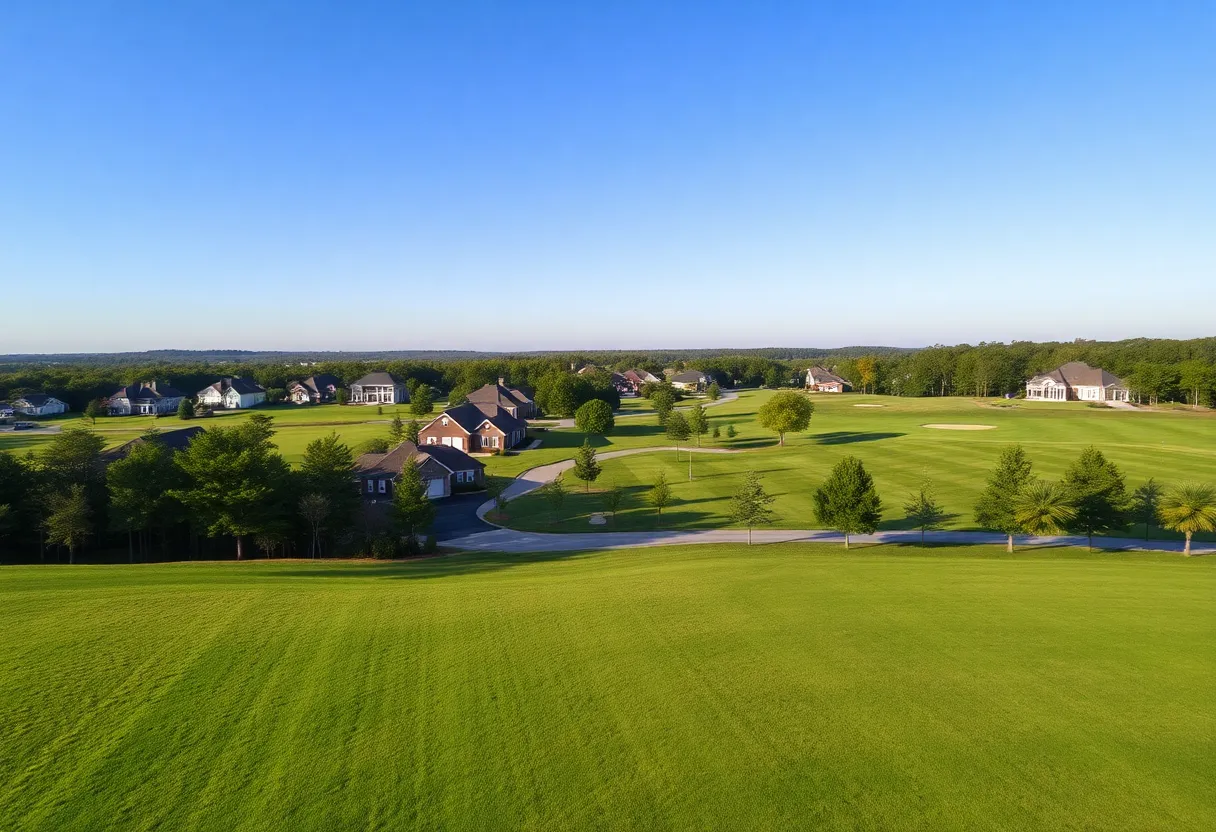How Can You Choose the Best Roof Type for Energy Efficiency?
The Importance of Energy-Efficient Roofing
In the quest for sustainable living, selecting the right roof type is crucial for enhancing energy efficiency. A well-chosen roofing system not only substantially reduces utility bills but also contributes to the longevity of the building. Energy-efficient roofs help maintain comfortable indoor temperatures, minimize the reliance on heating and cooling systems, and reduce the overall carbon footprint.
Key Factors Influencing Energy Efficiency in Roof Types
Several factors should influence the choice of roof type, particularly with regards to energy efficiency. These include:
1. Climate
Your geographical location significantly impacts energy efficiency. Different climates demand specific roofing materials and designs. For example, reflective roofs are ideal for hotter climates, while insulated roofs perform better in colder regions.
2. Material Properties
The thermal properties of roofing materials play a vital role in energy performance. Understanding how materials reflect or absorb heat can guide your selection. Some common roof materials include:
- Asphalt Shingles: While economical, they offer limited energy efficiency unless enhanced with reflective coatings.
- Metal Roofing: Highly reflective and durable, metal roofs can significantly lower energy costs, especially in sunny conditions.
- Tile Roofing: Materials like clay and concrete provide excellent insulating properties and can also enhance energy efficiency.
- Green Roofs: These living roofs offer exceptional thermal insulation, improving energy efficiency alongside air quality.
3. Roof Pitch and Design
The slope of your roof affects how materials interact with sunlight and subsequent heat retention. Steeper roofs tend to allow for better drainage and can help maintain cooler temperatures. Additionally, designs that facilitate ventilation can improve airflow and reduce heat buildup.
4. Insulation and Ventilation
Effective insulation coupled with suitable ventilation is critical for energy-efficient roofing. Proper insulation informs how much heat enters or escapes through the roof. Ventilation systems help prevent moisture build-up and ensure a balanced internal temperature.
Common Energy-Efficient Roof Types
Let’s explore some of the most effective roof types for maximizing energy efficiency:
1. Metal Roofing
Metal roofs are known for their longevity and resilience. They reflect sunlight, which can help decrease cooling costs in warmer months. Assisted by proper insulation, metal roofs create a favorable environment that can decrease energy consumption dramatically.
2. Asphalt Shingles with Cool Roof Technology
Traditional asphalt shingles can be designed to be cool, meaning they reflect more sunlight. This technology can lead to lower temperatures inside the building, translating to reduced air conditioning needs.
3. Tile and Slate Roofing
Tile and slate roofs impart not only aesthetic appeal but also efficiency. These materials possess inherent thermal mass properties, providing excellent insulation. However, they are heavy and may require additional structural support.
4. Green Roofing Systems
Green roofs are becoming increasingly popular. They absorb rainfall, reduce heat, and improve insulation. While their initial installation costs may be high, the long-term energy savings and benefits to the environment are invaluable.
Energy-Efficient Roof Coatings
Roof coatings can substantially improve the energy efficiency of an existing roof. Reflective coatings made of materials such as elastomeric and cool roof systems minimize heat absorption, keeping buildings cooler in summer. Others enhance durability and extend the roof’s life.
Compliance with Energy Codes and Standards
Consideration of local codes and energy standards is essential when selecting a roof type. Many regions have specific performance requirements that roofing systems must meet, often linked to energy conservation standards. Familiarizing yourself with these regulations can guide your choice toward compliant solutions.
Assessing Costs and Long-Term Benefits
While upfront costs matter, consider the long-term financial implications. Energy-efficient roofs can offset higher initial investments through energy savings over time. Calculate the return on investment (ROI) by weighing available tax incentives and utility rebates against installation costs.
Conclusion
Choosing the right roof type can enhance your property’s energy efficiency, significantly reducing operational costs while promoting environmental sustainability. Understanding key factors such as climate, material properties, and design criteria can guide informed decisions. Prioritize energy-efficient options to reap the long-term benefits of reduced energy consumption and improved indoor comfort.
Author: STAFF HERE Chapin
CHAPIN STAFF WRITER The CHAPIN STAFF WRITER represents the experienced team at HEREchapin.com, your go-to source for actionable local news and information in Chapin, Lexington County, and beyond. Specializing in "news you can use," we cover essential topics like product reviews for personal and business needs, local business directories, politics, real estate trends, neighborhood insights, and state news affecting the area—with deep expertise drawn from years of dedicated reporting and strong community input, including local press releases and business updates. We deliver top reporting on high-value events such as the Chapin Christmas Parade, Fourth of July Celebration, and the Chapin Fall Festival. Our coverage extends to key organizations like the Chapin Chamber of Commerce and the Lexington School District One, plus leading businesses in retail and recreation that power the local economy such as Lake Murray Tourism and the Chapin Visitor Information. As part of the broader HERE network, including HEREaiken.com, HEREbeaufort.com, HEREchapin.com, HEREcharleston.com, HEREclinton.com, HEREcolumbia.com, HEREgeorgetown.com, HEREgreenwood.com, HEREgreenville.com, HEREhiltonhead.com, HEREirmo.com, HEREmyrtlebeach.com, HEREnewberry.com, HERErockhill.com, HEREspartanburg.com, HEREaustin.com, HEREcollegestation.com, HEREdallas.com, HEREhouston.com, and HEREsanantonio.com, we provide comprehensive, credible insights into South Carolina's dynamic landscape.




 Mays Contracting
Mays Contracting

